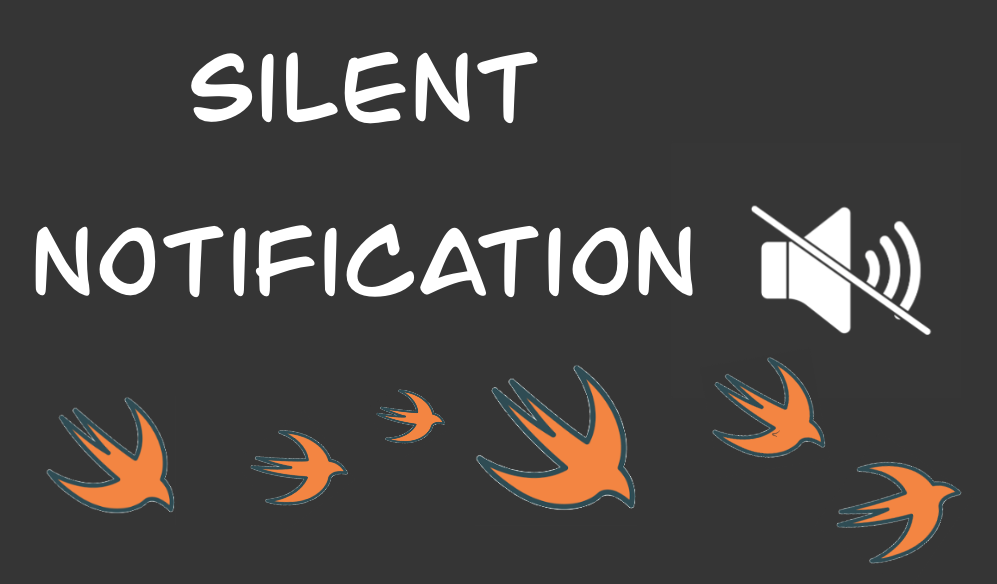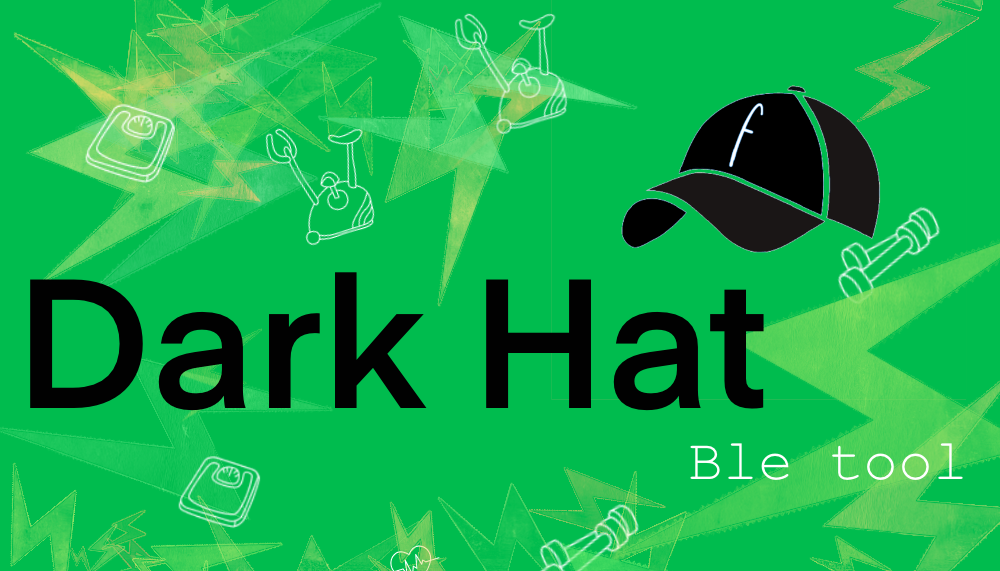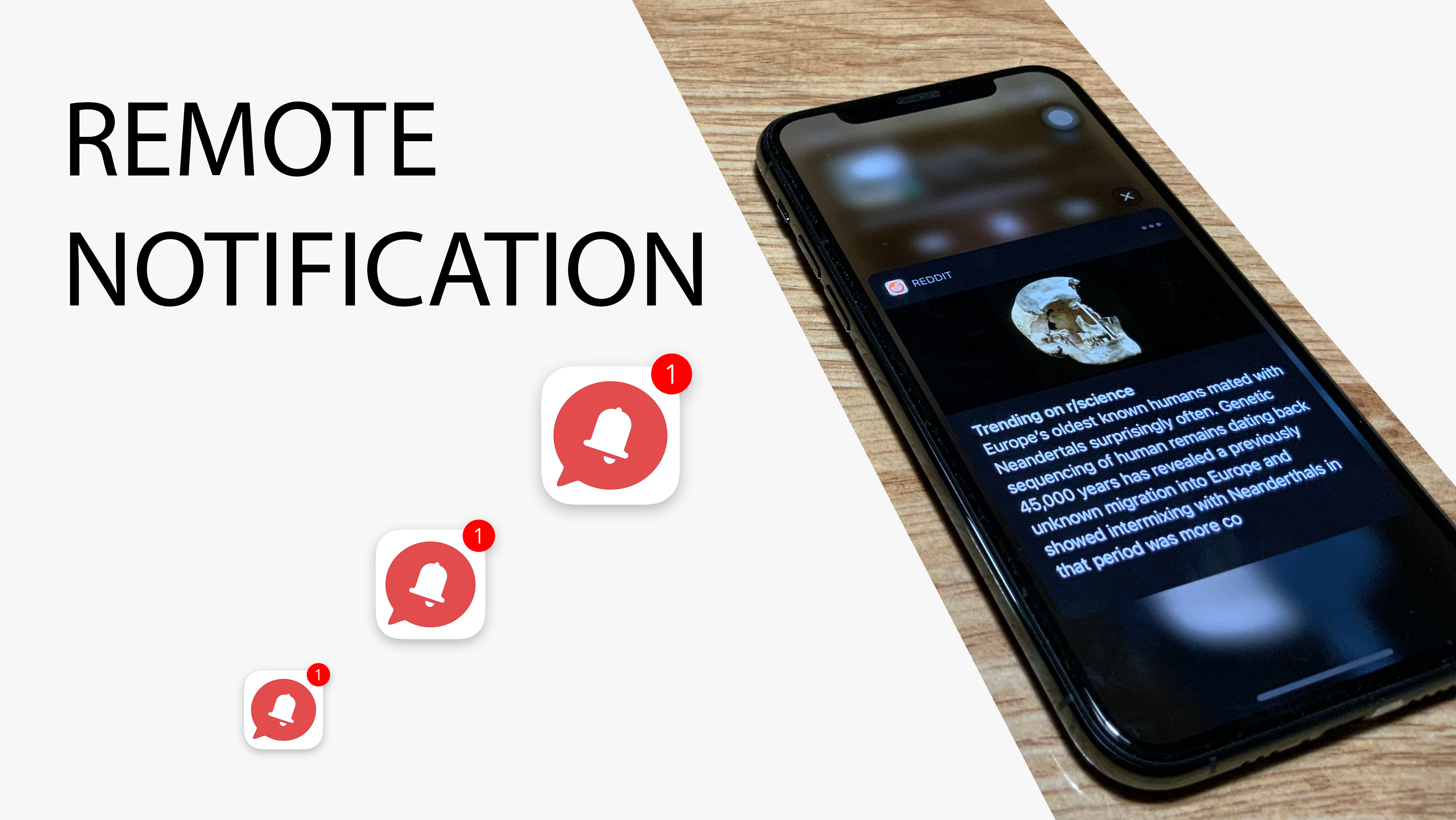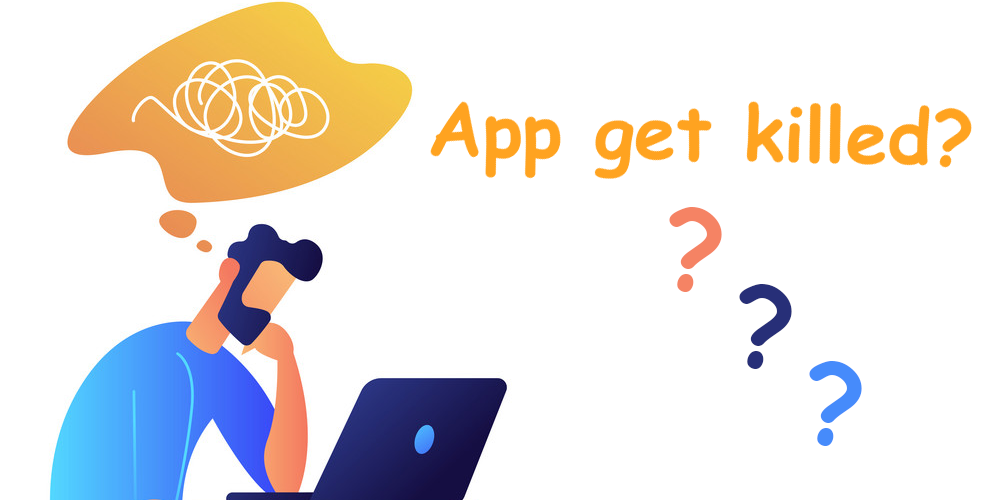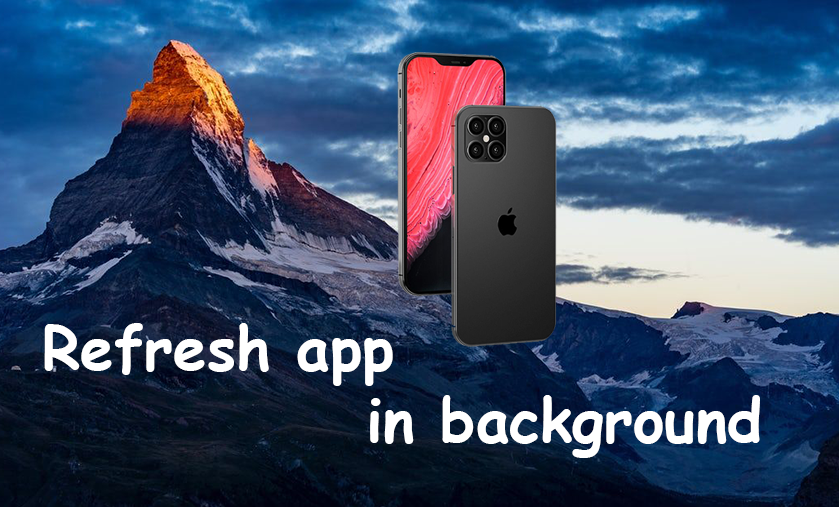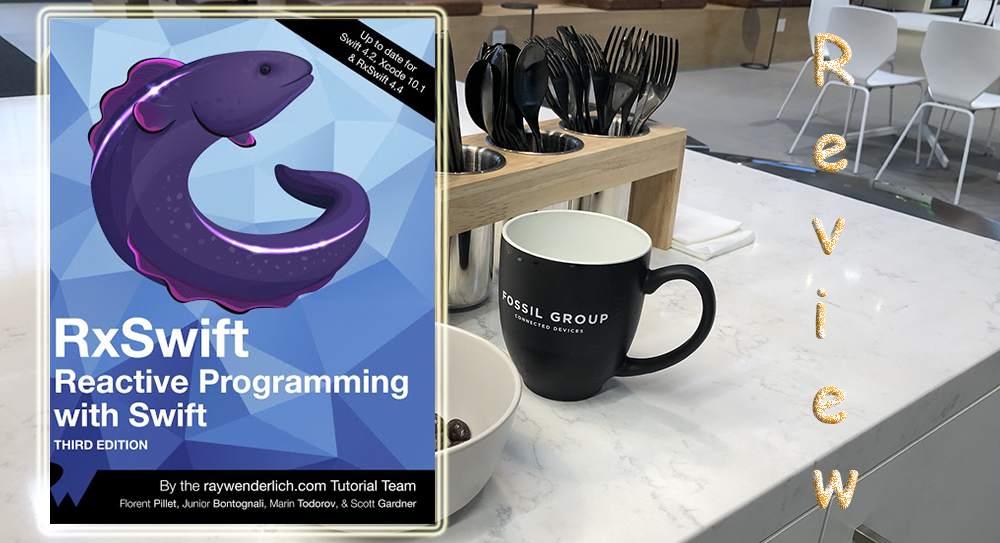Fork and publish your custom lib to npm - React Native Wheel Picker

When developing a new feature of our software, we tend to search if there is a “similar” library or framework available in the community to reuse it. No one like to reinvent the wheel, dont you? 😉 However, the lib that most fits our requirement sometimes does not support a feature you need or just a custom property. You can open a pull request to the original repo, but it might take time and depend on the author whether he approves your changes or not. In that case, you can create your own library from the original one, we named it “Fork” process.
In this post, I will shortly summarize steps to publish a library to npm, and tell you about a story that I faced when using React Native Wheel Picker library.


